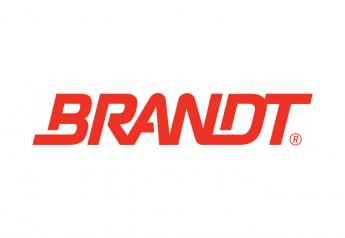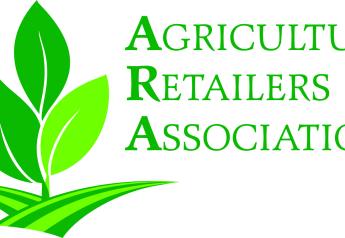Two Ag Groups File Suit Against EPA Over Dicamba Registration
Dicamba Lawsuit Filed 110920
On November 4, the American Soybean Association (ASA) and Plains Cotton Growers filed a lawsuit against the EPA and its recent registration of over-the-top dicamba products. In the suit is the claim that "some aspects of the registration decision are problematic for growers, who depend on reasonable, consistent access to dicamba for use on dicamba-tolerant soybeans and cotton."
ASA president Bill Gordon, a soybean grower from Worthington, Minn., said in a statement: “Label conditions must include protections to ensure safe, responsible use of products like dicamba, but they also cannot be so burdensome that they won’t work for the farmers who need them. As this re-registration stands, the buffer length and application cutoff date will preclude many growers from using dicamba effectively during weather conditions that cause planting delays and on significant swaths of land that they rely on for cost-effective production.”
On Tuesday, Oct. 27, the EPA announced a five-year approval of Xtendimax VaporGrip Xtra, Engenia and Tavium for over-the-top dicamba application. The new label included these changes from previous labels:
- Downwind buffer of 240' is required and a buffer of 310' required where listed species are located. The previous label buffer was 110’ for downwind.
- Over-the-top application of dicamba of soybeans prohibited nationwide after June 30, and after July 30 in cotton.
- An approved pH buffering agent will be required to be mixed for application to lower volatility. Buffering agents are registered with the EPA and must be doc-umented each use.
- Opportunities for growers to use hooded sprayers to reduce buffers.
- No more 44 oz. rate option.
The lawsuit says dicamba and dicamba-tolerant products are critical tools for farmers, but “several registration conditions impose growing restrictions and disrupt growing seasons which will diminish crop yields, cut productivity, and drive up operational costs. Some of these conditions are significantly more stringent than those found in past dicamba registrations.”
ASA says it represents the interests of more than 300,000 soybean farmers nationwide.
Plains Cotton Growers members represent the largest cotton production region in the U.S., and they annually plant between 3.5–4.5 million acres of cotton.
You can read the full lawsuit here.







